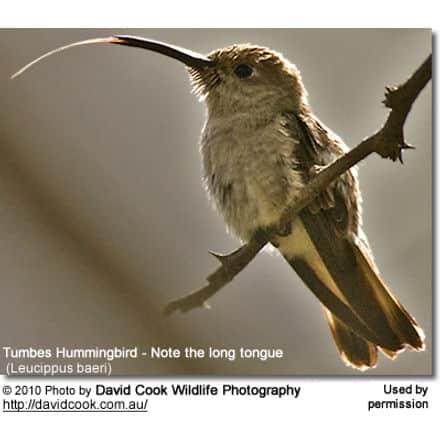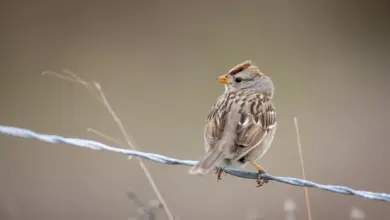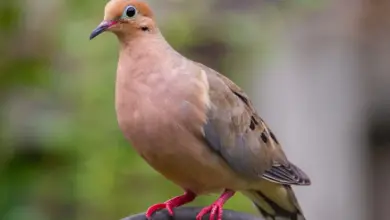Pacific Robins (Petroica multicolor)
The Pacific Robins (Petroica multicolor) is a red-breasted Australasian robin that occurs naturally on Norfolk Island, Melanesia, and Polynesia.
Description
Over much of its range, the Pacific Robin is the smallest bird – averaging 11.5–13.5 cm in length and weighing ~ 9–11 g.
It is similar in plumage to the Scarlet Robin of Australia.
The male has a black head with a white forehead, a black back and tail, and the wings are also black with a white bar. The breast and belly are red, and the lower belly and rump are white.
The female lacks the white forehead and the white bar on the wing, and the black plumage of the male is replaced by dark brown feathers instead. The breast is a duller red than the male and has more brown on the sides, and the white on the rump is also smaller.
Both sexes have black legs and bills.
Distribution and habitat
The Pacific Robin inhabits the islands of the southwestern Pacific. It ranges from Bougainville in Papua New Guinea through the Solomon Islands and Vanuatu down to Norfolk Island (although the species is absent from New Caledonia) and eastwards through Fiji into Samoa.
It is mostly resident but may make localized movements in the non-breeding seasons.
Diet and feeding
They feed on insects, spiders, and pseudoscorpions. They may catch their prey by aerial flycatching, gleaning, sallying, and pouncing.
They may join with mixed-species feeding flocks in order to forage.
Breeding
The Pacific Robin builds a compact nest which is a cup of plant fibers and spider webs. The outside of the nest is camouflaged with moss and lichen. The nest is usually set into a fork or stump on a tree branch or on a horizontal branch.
The average clutch consists of two to four dull grey or greenish eggs, which are incubated by the female.
Robins … Laughing Thrushes … Mountain Robin … Rock-Thrushes … Thrushes





